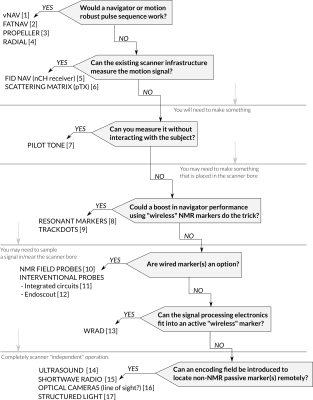Sunrise Course
Complementing MRI with Other Modalities: Hardware & Method Development: Motion Tracking & Correction Systems
Joint Annual Meeting ISMRM-ESMRMB & ISMRT 31st Annual Meeting • 07-12 May 2022 • London, UK

| 08:00 |  |
Hardware Approaches for Motion Tracking
Adam van Niekerk
We will take a look at measuring motion in an MR scanner from a “hackers” perspective. First, we will discuss the sensors already available to us - in terms of installed hardware infrastructure. Then, we will discuss some ideas of exploiting these resources for a variety of motion detection problems. Next, we will discuss sensors. Passive sensors are typically easier to make, however, they can be limiting. This is especially true when considering the vast number of low cost sensors available, but these often aren't MRI compatible. We will look into some tricks to get around this. |
|
| 08:30 | Acquisition Techniques for Motion Correction
Onur Afacan
This lecture will highlight how the information from external motion sensors and sequence based navigators can be integrated into the MRI acquisition to detect and correct for motion artifacts. We will discuss how motion information can be used to evaluate image quality and improve clinical workflow. We will also discuss how the motion information can be used retrospectively to correct for motion artifacts or prospectively steer the FOV in real-time, suspend data acquisition or reacquire datasets. Finally we will review hardware and software methods to correct for secondary effects of motion such as B0 and B1 field inhomogeneities.
|
The International Society for Magnetic Resonance in Medicine is accredited by the Accreditation Council for Continuing Medical Education to provide continuing medical education for physicians.